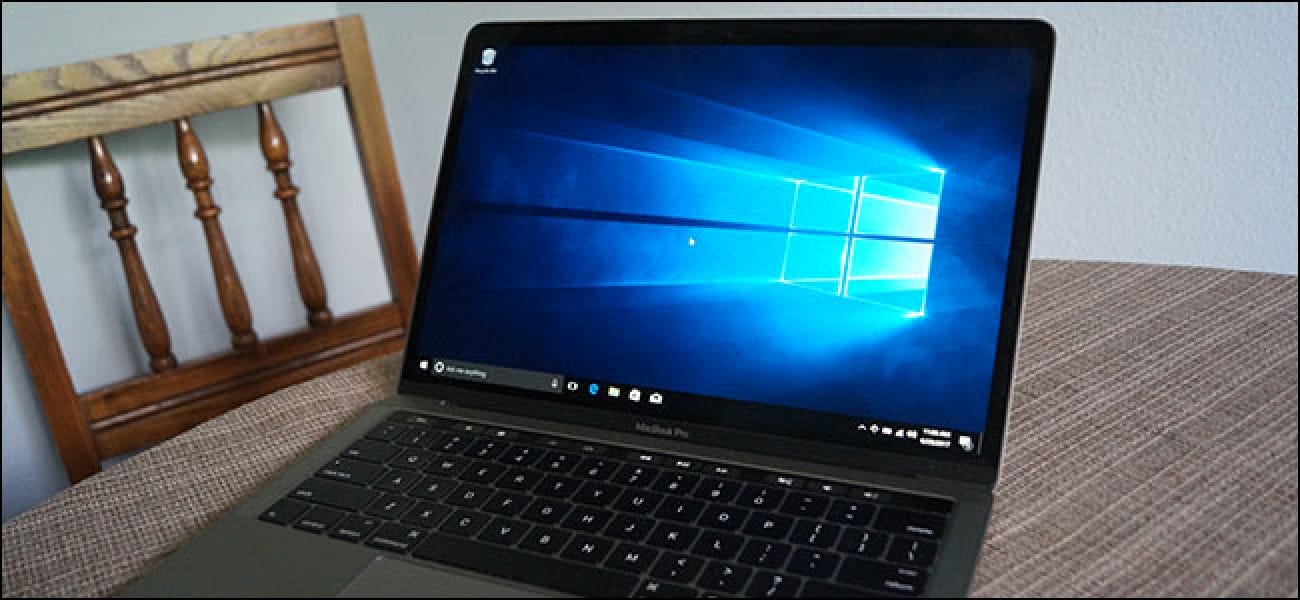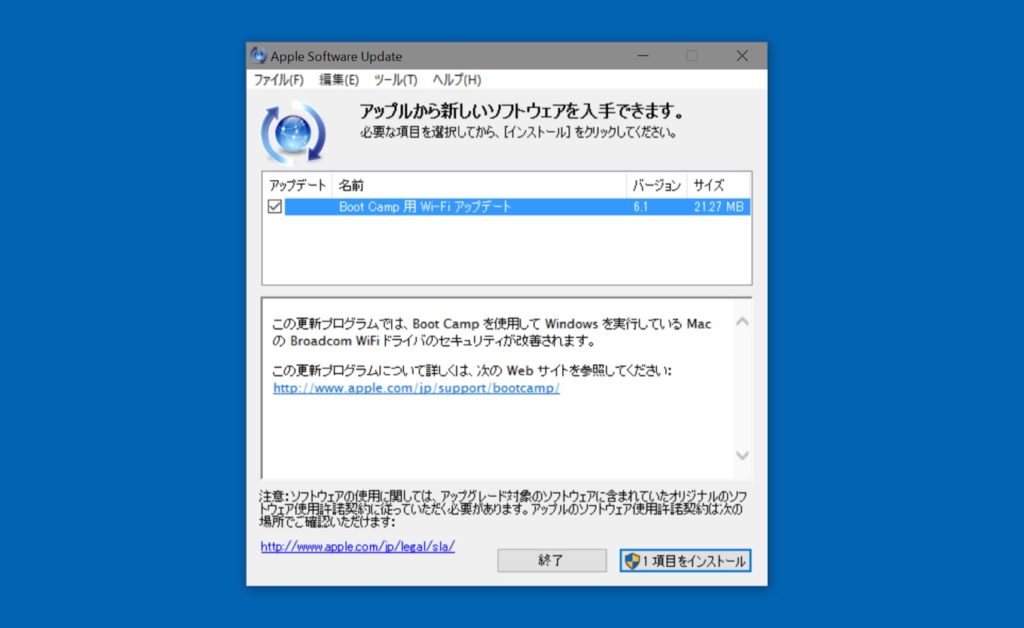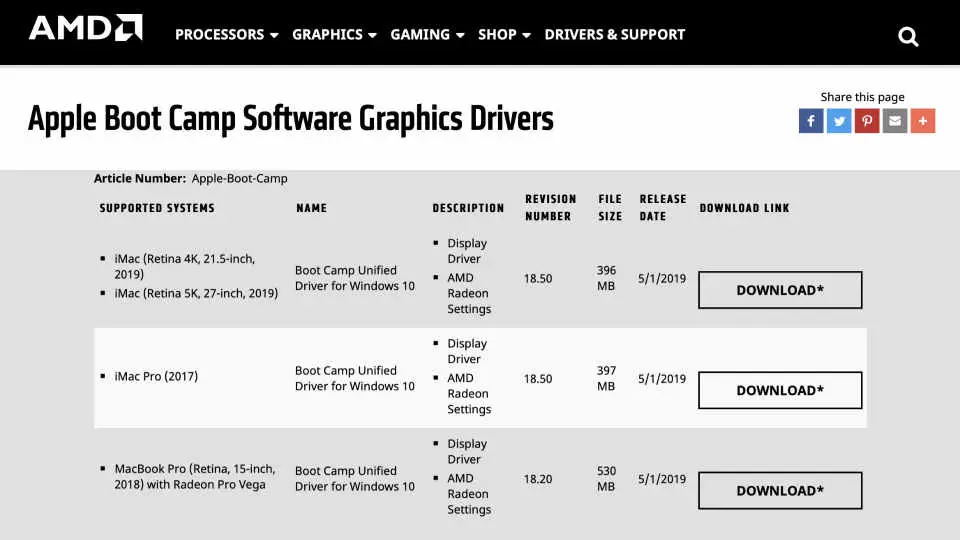
- #Apple boot camp missing how to
- #Apple boot camp missing for mac
- #Apple boot camp missing install
- #Apple boot camp missing android
Parallels 18 adds support for Apple’s latest desktop machine, the Mac Studio, and it’s highest-end M1 chips.
#Apple boot camp missing android
MAKING THE SWITCH: Finally, an Android phone to call my own: Google’s Pixel 6 Pro Parallels has also beefed up gaming by adding built-in support for wireless Xbox controllers. For example, Parallels says “Counter Strike: Global Offensive” wouldn’t run on version 17, but now does on the latest release. The nonstarters include titles such as id Software’s “Doom Eternal” and BlueTwelve’s “Stray” ( which I reviewed in July).īut many other games (including those that use Direct X 11) will run on Parallels, thanks to improved graphics support even on Apple Silicon machines. Parallels has not yet gotten DX12 games to work on the current version - some may launch but be unplayable, while most simply won’t start up at all. That also includes some games, particularly those that rely on a Microsoft graphics technology called DirectX 12. Parallels claims that 99.99 percent of all Windows software works, and that most of what doesn’t run are niche products that most folks won’t encounter.
#Apple boot camp missing for mac
It’s is the only flavor of Windows that works on Parallels Desktop 18 for Mac on an Apple Silicon-based computer.īut thanks to both advances by Microsoft and Parallels, you’ll find that most software designed for Windows works in a Parallels 18 virtual machine running Windows for ARM, even on Apple Silicon.

Instead, it requires a version Microsoft developed for processors that, like the M1 Pro, can run on a chip design from ARM Inc.

However, versions of Windows created for Intel processors won’t run on Parallels on my MacBook Pro. The iMac, because it has an Intel chip, can run a standard version of Microsoft’s flagship operating system, and I’ve got the latest installed: Windows 11. I’ve been testing Parallels Desktop 18 for Mac on my 2020 27-inch iMac with a 3.3-GHz Intel Core i5 processor, and on my 2021 14-inch MacBook Pro running an M1 Pro chip. There are some instances in which programs I run in Parallels virtual machines on my Macs feel snappier than they do on my Dell gaming laptop. Over time it has become more powerful and friendlier to use.
#Apple boot camp missing how to
I’ve been using Parallels since the late 2000s, and featured it in a book I wrote in 2008 about how to run Windows on a Mac. The two can’t run concurrently, as they can with a VM.) At startup, you choose whether to run Windows or macOS. That’s in contrast to Boot Camp, which keeps a version of Windows in a separate part of an Intel Mac’s drive.

#Apple boot camp missing install
Users install a variety of operating systems and run them in the VM. (Some background: Virtualization apps such as Parallels or its top competitor, VMWare Fusion, create a software-based computer, essentially a PC-within-a-PC known as a virtual machine or VM. On Intel-based Macs, version 18 is a minor iteration, but still worth the upgrade. It’s the second version of Parallels to work on the newer Macs, and it’s well-refined. MORE FROM DWIGHT SILVERMAN: Apple’s Mac Studio shows the power of its M1 chips, but isn’t priced for mere mortalsīut as good as Parallels 18 is, it still falls short of the capabilities of Boot Camp on Apple Silicon computers, largely because those processors aren’t Intel-compatible.

The best product for doing this has long been Parallels Desktop for Mac, and Corel - which now owns Parallels - has released a new version that makes doing so even easier. With the advent of the M1- and newer M2-based Macs, Boot Camp is now dead, leaving virtualization software as your only option for running Windows on a Mac. They include software developers who write apps for both programs office workers who own Macs but also need to use Windows software for their jobs and of course gamers, who want to blast demons or guide a cat through a ruined city with titles unavailable for the Mac. While that strategy has since been deprecated, there remain users for whom dual operating systems are important. That feature, called Boot Camp, was an important part of the Mac’s strategy after Apple moved to Intel processors it served as a kind of training wheels for those who were macOS-curious but still wanted a Windows safety net.


 0 kommentar(er)
0 kommentar(er)
